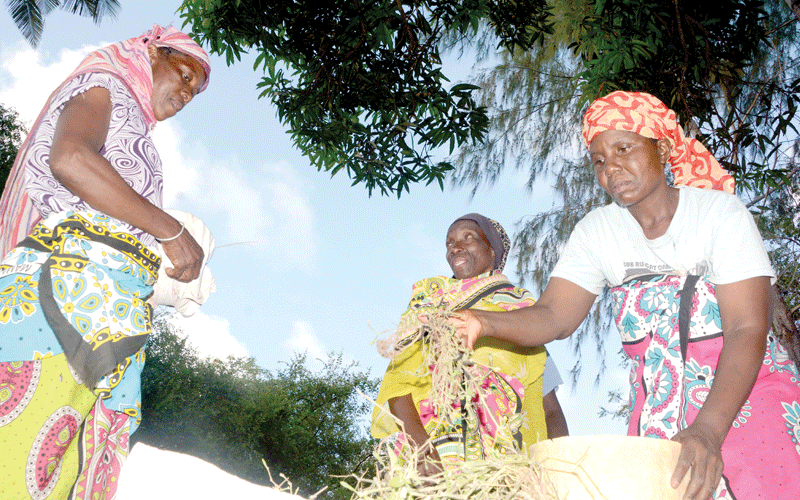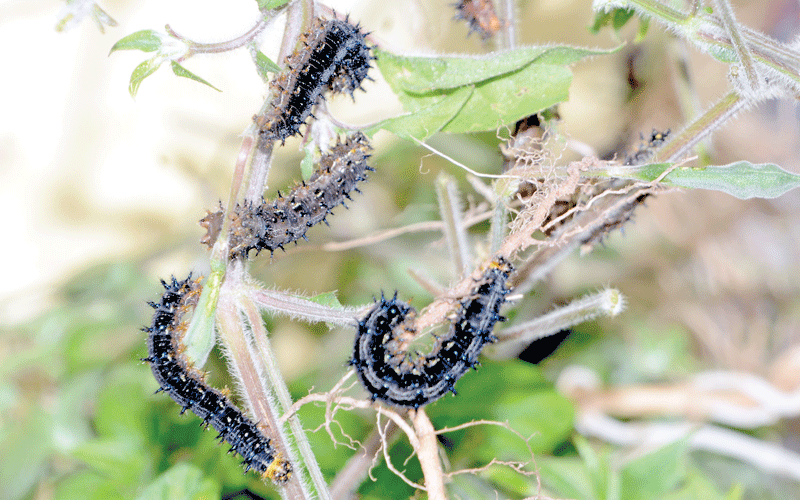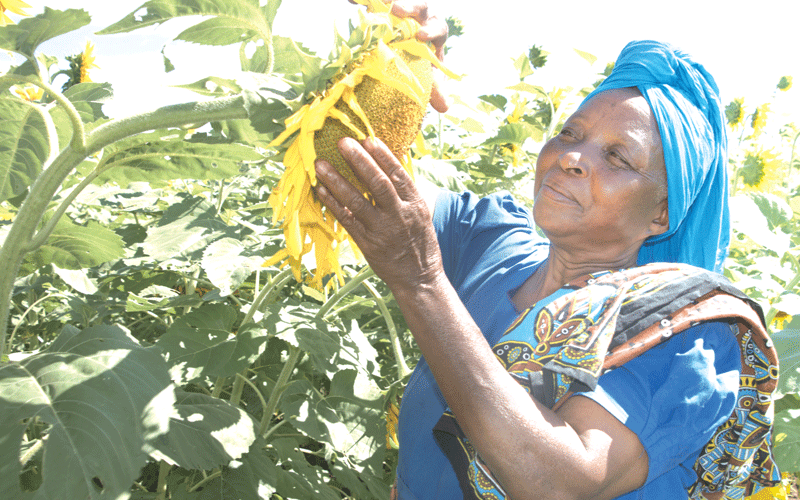Kilifi, Taita women groups reap big from local forests

A women’s group in Kilifi protects the nearby Arabuko Sokoke Forest from where they source butterfly eggs, while Taita residents earn from sunflower buffer zones which elephants hate and so keep away
Ordinary citizens have developed creative ways to participate in environmental and biodiversity conservation while at the same time earning a living from their efforts.
The ventures by community groups and some individuals espouse the widely accepted idea that conservation is the responsibility of every citizen as opposed to government agencies only.
For instance, the State has been labouring to protect the country’s main water towers, riparian land, forests and game reserves from human encroachment, a politically sensitive matter.
A recent tour by Agribiz in the counties of Kilifi, Taita Taveta and Nairobi paints a picture of ordinary people keen on preserving their heritage while at the same time improving their economic wellbeing through conservation.
In Mida Creek, Kilifi county, members of Bidii na Kazi Women Group have been conserving both the marine ecosystem and forest biodiversity since 1993 when they formed the group.
The dual nature of their conservation efforts can be attributed to the geographical location of their area, which is sandwiched between the creek and Arabuko Sokoke Forest on the other.
Butterfly rearing
The self-help group, comprising of 30 members, rears several species of butterfly (kipepeo in Kiswahili) for sale as part of their efforts to conserve the Arabuko Sokoke Forest after obtaining parent stock from the forest.

As a result of rearing and selling butterflies, the members no longer need to depend on forest resources such as wood and timber to earn a living. This helps prevent deforestation.
“The project has motivated us to protect the forest jealously as it’s a major source of livelihood for us.
Our members now earn between Sh500 and Sh1,000 a week,” says Harafa Salim Baya, Bidii na Kazi Chairperson.
They had to first seek approval from the local forestry office to catch parent stock from the forest and to trade in butterflies.
The foresters trained them on how to catch, feed and keep the insects. Members sell the pupae at Gede Ruins at prices ranging from from Sh20 to Sh120 depending on species.
Rearing a butterfly from egg to adult takes about 24 days and demands that one know what plant each species of butterfly larvae feeds on.
Some of the species the group rears include Papilio Demodocus and Junonia.
The group’s other project focuses on planting mangrove trees along Mida Creek Marine Reserve shores, an activity it carries out in collaboration with the Kenya Forest Service.
The creek is a narrow channel where the seawaters of the Indian Ocean stretch inland.
Mangrove project
In 2015, the National Museums of Kenya identified the creek as an outstanding centre for amphibian diversity.

This made it easier for the women group to collaborate in marine conservation with partners, such as Nottingham University’s Rising from Death project.
Bidii na Kazi is in the process of constructing a 100 passenger capacity dhow-house restaurant made from local marine wood by the creek but funded by the UK university.
“We will use the dhow-house restaurant to introduce coastal cuisines to the world and also showcase our Giriama cultural heritage,” says Baya.
The group also grows cassava and Amaranthus (mchicha) on a five-acre farm offered by a member. Members sell the vegetables at Matsangoni Market at Sh15 to Sh20 a bunch.
Amina Hamisi Hemedi, who joined in 2012, says mchicha project has taught her kitchen gardening and helped her educate her children.
“My chidren can now take tea every day. My husband is happy too with the changes the group has brought into our life,” says Sidi Baya Tsumu, a member of the group from Dabasu, Kilifi North.
In Kajire, Taita, residents led by Patrick Kilonzo, a renowned conservationist, have found a way to solve human-animal conflict by planting sunflower crops on park boundaries.
Elephants do not eat sunflower and the crop is a favourite for bees, which keep away elephants from passing through the sunflower farms to reach human habitats.
By so doing, the residents help conserve wildlife and at the same time earn a living selling sunflower products.
“We have an agreement with a local edible oils manufacturing company to buy our produce at Sh35 per kilo,” says Kilonzo, who has invested in 50 acres at Kajire, Mwambiti and Talio areas.
Kilonzo’s views are supported by Getrude Mwangoma who plants sunflower on a two-acre farm in Mpangambela, Taita.
She used to grow maize until last year when she abandoned it for sunflowers, citing the crop’s frequent invasion by elephants.
“Maize farming was good but elephants used to destroy all our crops. Chasing away elephants is difficult since once the animal starts eating, it won’t leave until it’s full,” she says.
Justus Nyamu, a Nairobi conservationist, is creating awareness on the plight of elephants and advocating for sustainable conservation by walking.
In 2015, he walked from Nairobi to South Africa, a 140-day journey, to promote wildlife conservation.
Next month, he plans to walk from Nairobi to Eritrea, a 120-day journey for the same cause.
“Conserving our environment means conserving our livelihood. By conserving one species, we have helped conserve the entire ecosystem,” said Nyamu.
He says the best way to solve animal-human conflict is by educating communities on what brings about the clash in the first place.








